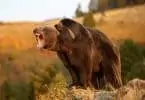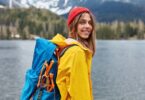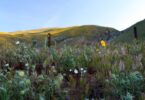Hiking has become one of the top favorite activities so many people started to practice in their free time, ever since we’ve been faced with the covid-19 pandemic. Most of the venues we used to visit in our free time had to be closed, and it seemed like the safest way to entertain ourselves was to go in nature. Hence, hiking was the choice for many.
However, tons of people took one important factor, for granted. It’s safety. Especially those who were not used to spending time in nature. They became vulnerable to many dangers, hiking trails and mountains hide.
If you’re one of those people, or you’re just considering starting hiking, this is an article you’ll find very useful. We’ve gathered all the safety essentials you should have at your disposal, regardless of how friendly the environment seems.
1. Self-protective essentials
One shouldn’t get all paranoid about wilderness being against humans but simply be prepared for anything that may happen. As you probably know certain animals can feel threatened in certain seasons, making it very important to have devices like stun guns or some other defense tool you can find here.
Since the risk is at times hard to predict, you want to always be prepared and on guard.
2. GPS
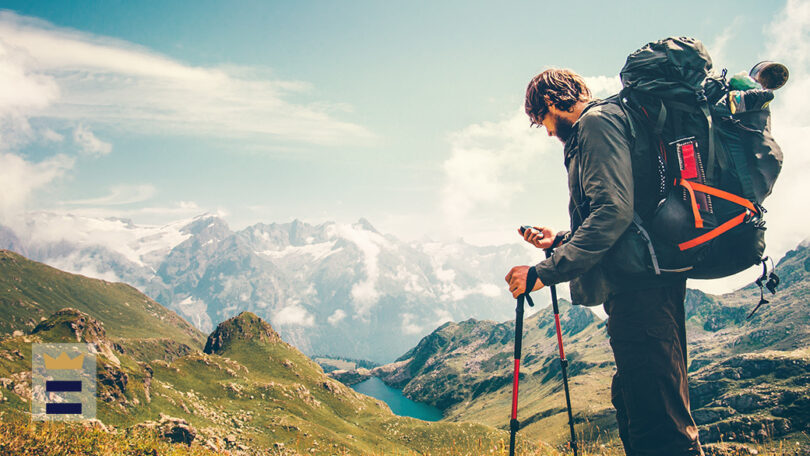
Source: kdvr.com
Not all of us are capable of having the same ability to navigate ourselves in nature, especially without the smartphone majority are used to carrying with them all the time. When it comes to nature, however, in most cases they don’t have so much use on hiking trails. That’s why your safety essentials should always contain a map and a compass, just in case you get carried away.
3. A Flashlight
Being lost in unfamiliar terrain can be very stressful. Even more when the day moves turns into the night. As these things can never be planned, always keep a flashlight inside your backpack.
4. A fire starter
In almost all emergency hiking situations, being able to start a fire will save your life. It will keep you warm, it can also be used as an SOS signal, chase away unwanted guests, and the list continues. Whatever you find easiest to handle – a lighter, a set of matches, flint, along with something to ignite the flame with, will come in handy even when you just want to sit and enjoy a cup of tea.
5. First aid kit
Pain relievers, bandages, antiseptics, gauze, and other things every first aid kit contains should be a part of your gear essentials.
6. Shoes
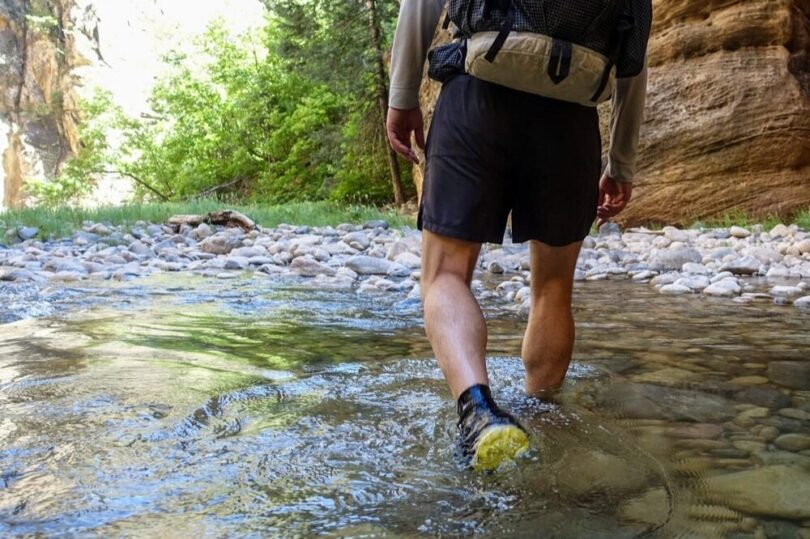
Source: cleverhiker.com
Every list should contain a quality hiking shoe, then builds on everything else. They are very important for your personal safety, as your feet are doing the tough work on tough terrain. Medium or high boots are ideal because they protect the joint, but many people hike in trekking sneakers. They are not recommended for complete beginners, but if you do decide to get them, consider that they will not be ideal for wet and muddy weather. It would be ideal to have both high and low shoes, but if you only buy one to start with, let them be elevated.
So, boots will bring you comfort, safety, and dryness. When you become more experienced, you will find out that there are winter, summer, and high-altitude ones… But for hiking trips in the mountains in non-extreme weather conditions, one “universal” one will be enough.
Always buy shoes one size larger than you normally wear, and go to the store to try them on at the end of the day when your feet are already a little “swollen” – they will be like that even after kilometers and kilometers in the mountains, so you will get the most realistic picture. Of course, it goes without saying that you need waterproof ones, with a thick sole that grips well on different terrains. If you’re going to walk in nature once a month, or less often, and stick to the forest paths on the nearby hill, some cheaper ones will do just fine.
7. Apparel
Warm, quick-drying, layered. There are special socks for hiking, short-sleeved t-shirts can be for any sport, it would be good if they were made of quick-drying material so you don’t catch a cold. Middle layer – a fleece T-shirt or something warm that you can take off if you get too warm, it would be good for the jacket to be windproof and waterproof. Over time, you will surely buy new and more expensive pieces, but to begin with, just go in with what makes you comfortable and warm. And put a raincoat in your backpack, you never know.
8. Walking sticks
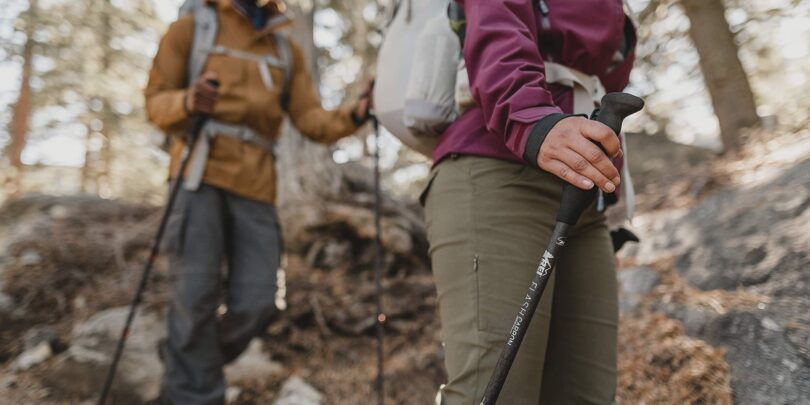
Source: rei.com
They are not a mandatory part of safety equipment, but many hikers like them. They make it easier to go down steep slopes, while protecting the joints and knees, and they are good support on the uphill. When we walk on a flat surface, they enable the rhythmic work of the arms and legs and better circulation because the whole body works evenly.
9. Multi-tool
This gadget usually is a mix of a knife, a screwdriver, a file, and a couple more gadgets, that can come in handy in different situations. Speaking of safety, it can obviously find its purpose in starting a fire, building a shelter, preparing food, and so many other situations.
Finally, a good backpack to put all your safety essentials in.
A very important piece of equipment, but primarily for your comfort and less for safety. Mountaineering backpacks are equipped with a belt around the waist, which takes part of the weight, and have a back-cooling system. With a good backpack, 12 kilos of gear can be easier to carry than two kilos in a bad backpack.
These essentials you’ll keep neatly packed inside your hiking backpack will keep you safe and sound on every trail you choose to walk.


